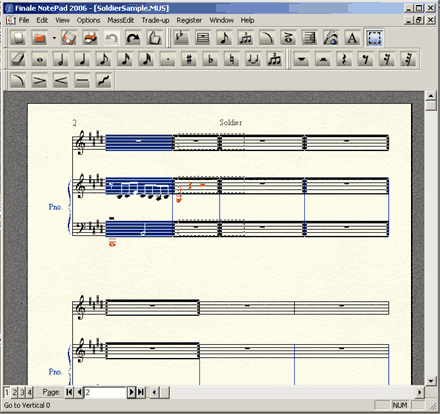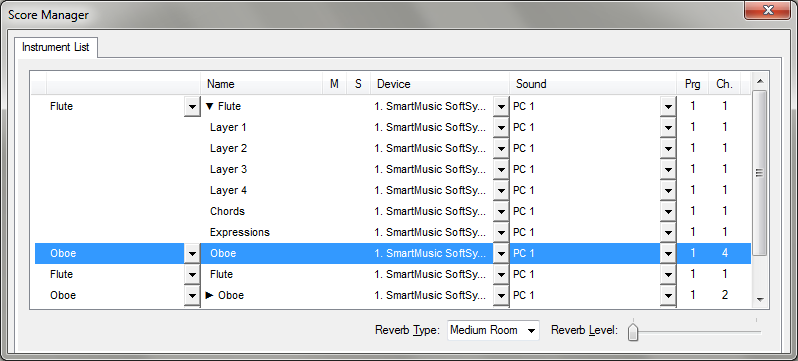
In a paragraph or so, comment about the experience of typing in the musical examples on a computer keyboard. What is the name of the parameter which contains the word "snow"?Ĥ. What does each of the note parameters such as, ,, etc mean? How many parameters are there (including the parameter which holds the word "snow")?. Look at the graphical music for the note for the word "snow". For example here is a MusicXML (not the same one): Find the word "snow" and extract the which contains it. Open the Mary Had a Little Lamb music from its MusicXML file in a text edtor (vi, TextEdit, WordPad, MS Word, etc.). and save as a "MusicXML File" (not as a Compressed MusicXML file)ģ. To do this in Finale 26, go to File->Export->MusicXML. When finished, save each example as a MusicXML file. Enter the 3 sample pieces of music above.Ģ. Using the Laptop Shortcut Table, the laptop key commands shift the chord intervals keys from the alphanumeric digits to the function keys, and move the rhythm commands from the numpad to the aphanumeric numbers.ġ. > click on "Edit Keyboard Shortcuts." -> click "Name" drop-down menu and "Simple Entry Tool", go to the Simple menu -> Simple Entry Options. Laptop Shortcut Table setting in Finale 2009įor laptops without numeric keypads, after clicking on the

Laptop configuration for Simple Note Entry
#Finale notepad change clef full#
A chorale ( Dir, dir, Jehovah, will ich singen) which introduces the concept of layers in Finale for multiple voices on a staff.Ĭlick on the show text in the table below to see the full table contents.Bach prelude in F minor (BWV 881, Well-Tempered Clavier, Book II) which introduces chord note entry and other essential notational components.

Mary Had A Little Lamb which introduces pitch and duration entry in the Simple Note Entry mode of Finale.Here are several musical samples to get you started entering music into the Finale music editor, using the Simple Note Entry method: 2.1 Laptop configuration for Simple Note Entryįinale's Simple Note Entry method can be used to enter notes onto a staff using computer keyboard letters for pitch names and the numeric keypad numbers for selecting rhythmic values (4=eighth note, 5=quarter note, 6=half note, etc.).


 0 kommentar(er)
0 kommentar(er)
